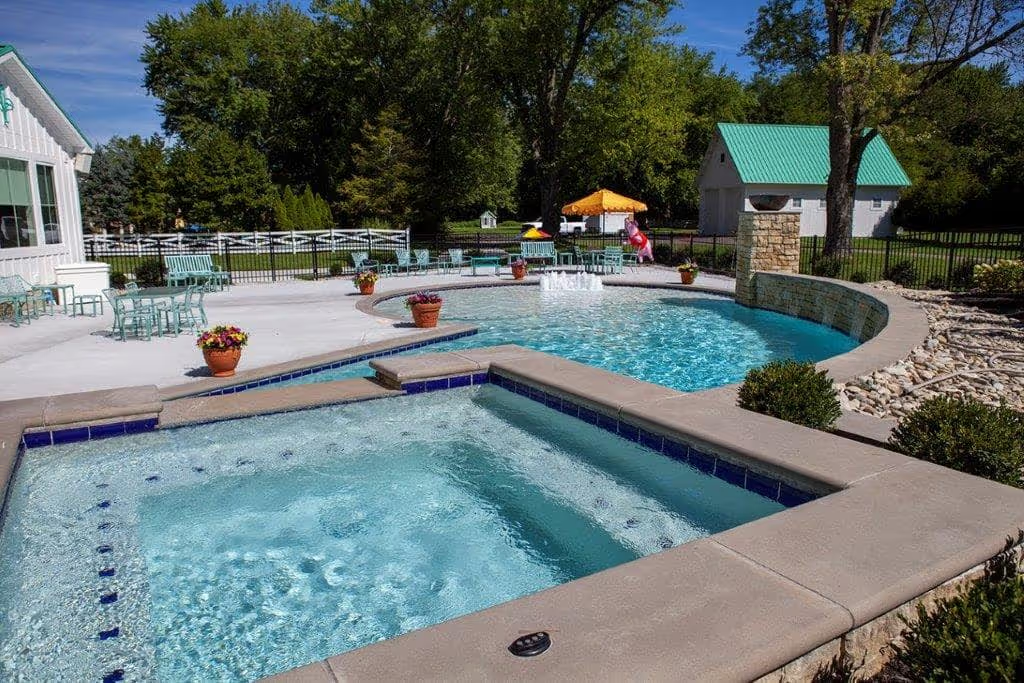- Stone Center
- Blog
12 Best Natural and Decorative Ideas for Edging a Driveway on Any Budget
23/10/2025
10/23/2025
12 Best Natural and Decorative Ideas for Edging a Driveway on Any Budget

Your driveway is more than a place to park — it’s the first thing visitors notice. While it’s easy to focus on the surface, it's the edges that truly frame and define the space. Driveway edging not only adds visual polish but also solves everyday issues like grass creep, gravel spillover, and poor drainage.
From natural stones to landscape aggregates, there are plenty of easy-to-install options that are ideal for every style and budget. Whether you’re going for a sleek modern look or a more rustic finish, don’t underestimate how the right edging can transform your driveway into a clean, inviting, and low-maintenance entryway, no professional help required.
Why Driveway Edging Matters More Than You Think
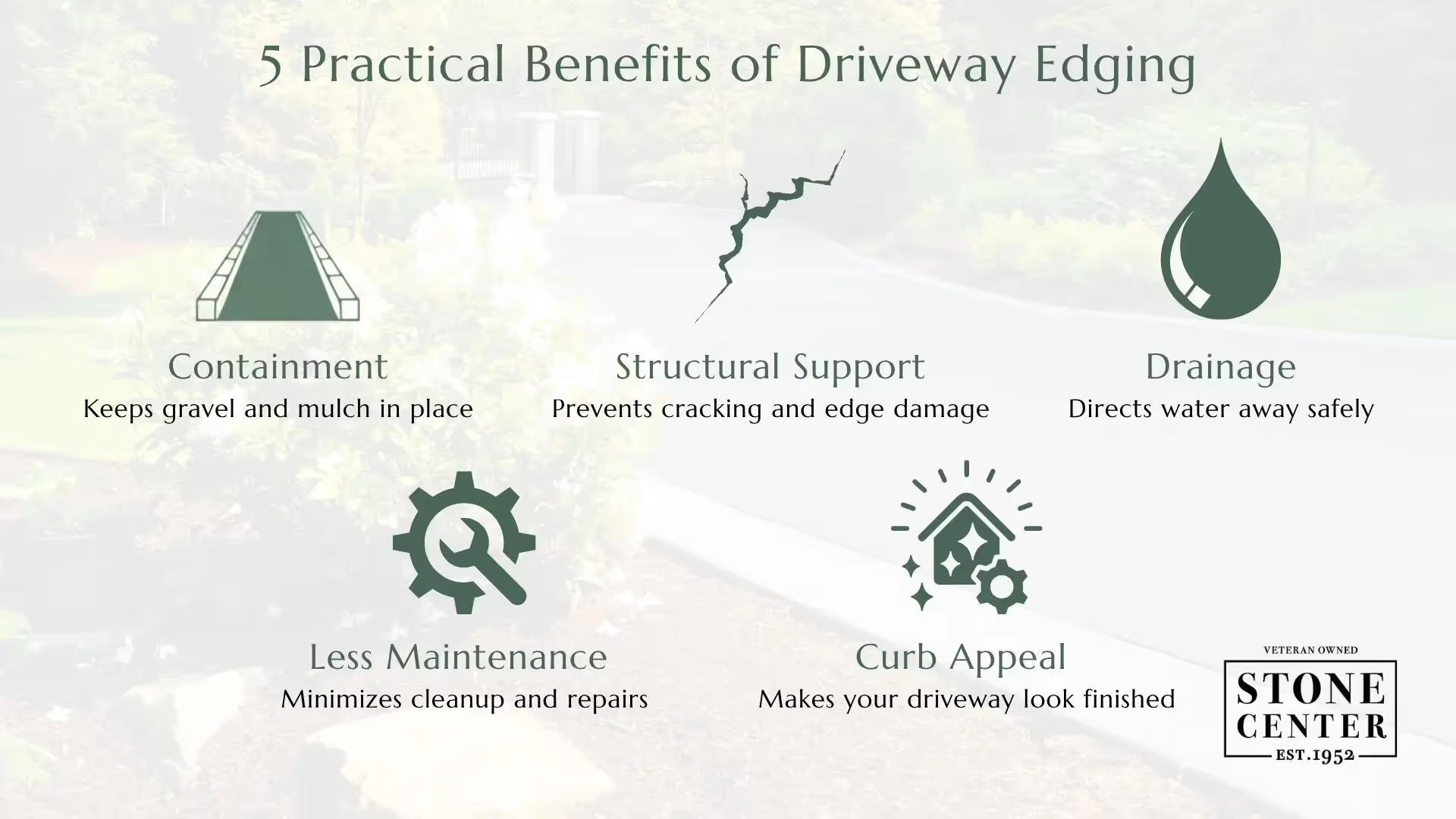
Property owners often overlook the practical benefits that proper driveway borders provide. Beyond the obvious visual improvements, edging serves multiple functions that protect your investment and save money over time.
Here are the key benefits of installing quality driveway edging:
- Prevent material migration: Gravel driveway borders keep stones contained where they belong, instead of spreading across your lawn or garden beds during heavy rainfall or when vehicles turn.
- Protect structural integrity: Asphalt driveway edges crack and crumble without support. Proper edging prevents extensive damage by providing lateral reinforcement against vehicle weight and weather expansion.
- Improve drainage management: Smart edging design directs rainwater runoff away from your foundation, while preventing erosion around driveway edges during storms.
- Reduce maintenance needs: Well-installed borders eliminate the need to constantly rake gravel back into place or trim grass that grows into your driveway surface.
- Create property value: A well-defined driveway with clean, stylish edging is one of the most cost-effective ways to enhance your curb appeal and impress potential buyers.
Together, these practical benefits create a low-maintenance solution that looks great while protecting your driveway investment. Smart homeowners recognize that spending money on proper edging today prevents expensive repairs later.
12 Creative Driveway Edging Ideas
The variety of available materials means you can find driveway edging options that match any budget and style preference. Each material offers different benefits in terms of durability, aesthetic appeal, and installation difficulty. If you’re not sure where to begin, get inspired by our recommendations below.
1. Natural Stone Edging: Timeless Elegance
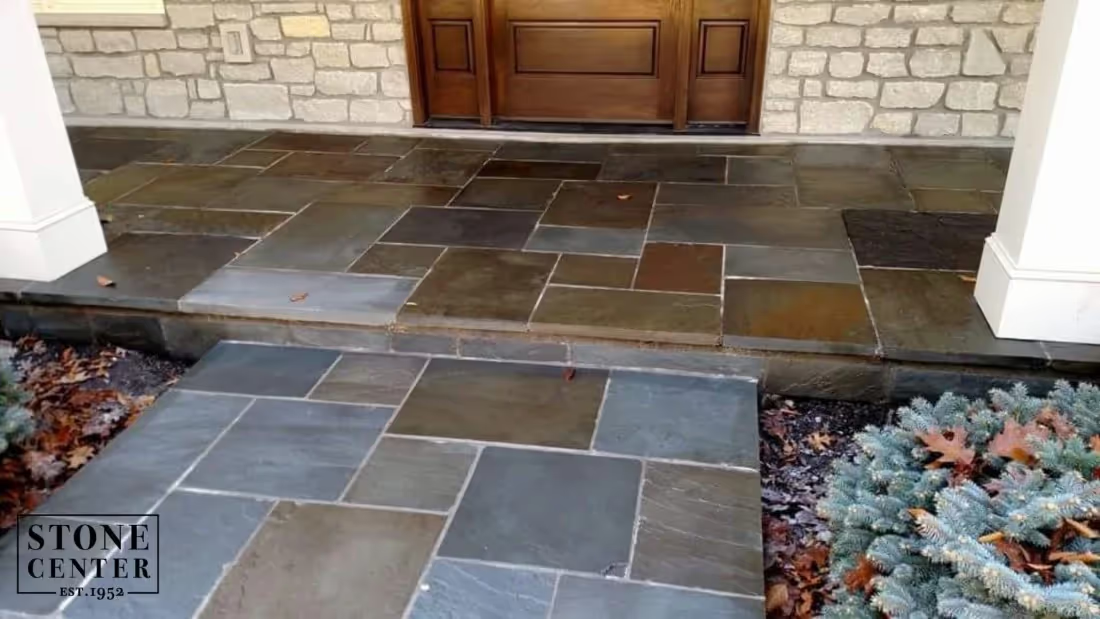
Average cost: $8–15 per square foot
Natural stones create the most durable and visually appealing borders for any type of driveway. Fieldstone, limestone, and bluestone each offer unique colors and textures that complement your surrounding landscape. The irregular shapes add organic character while providing excellent structural support.
Installation requires digging a shallow trench and setting stones on a gravel base for proper drainage. The natural materials weather beautifully and require minimal upkeep once installed. If your home is traditional or has rustic architecture, this option works particularly well.
2. Gravel Edging: Loose But Contained
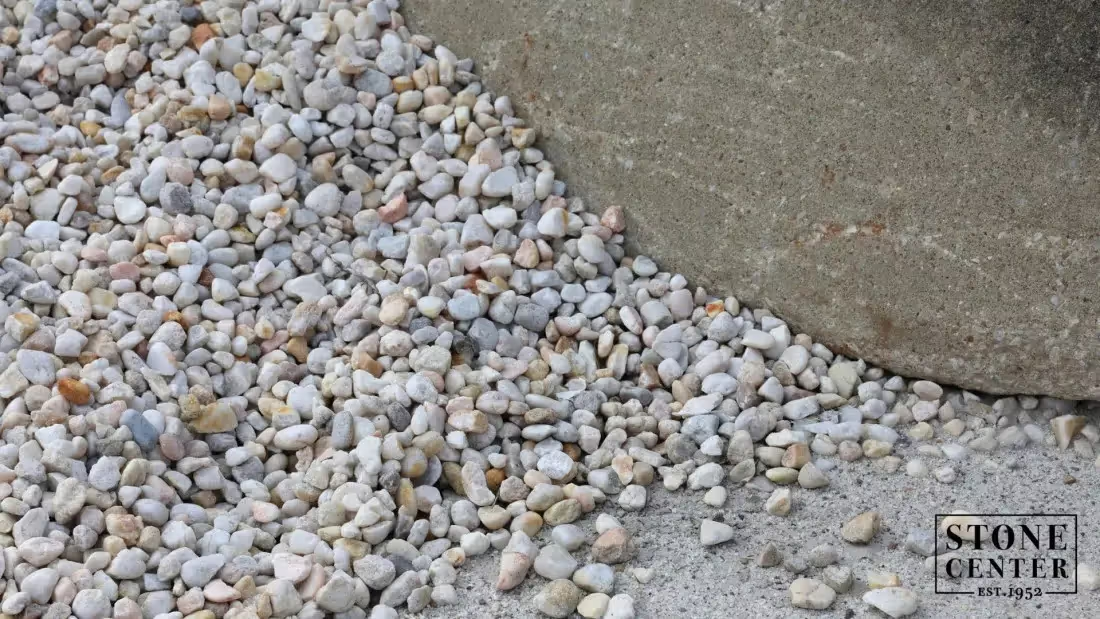
Average cost: $1–5 per square foot
Gravel edging is ideal for driveways where a natural, low-maintenance border is ideal. Use larger-sized gravel or decorative stone aggregates to form a clean line between the driveway and the surrounding landscape.
This option offers flexibility in shape and size while aiding in drainage. It's especially effective when paired with metal, plastic, or wooden restraints to keep the loose material in place.
For gravel driveway projects, consider using our gravel calculator to determine the right amount of material for your space.
3. Boulders: Bold and Natural Statement
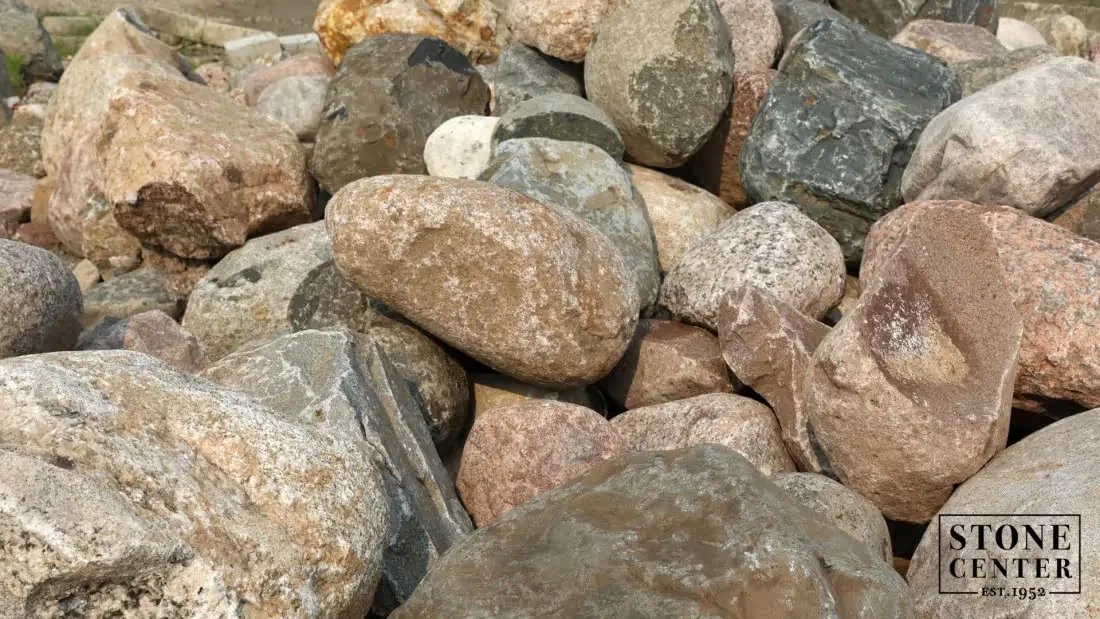
Average cost: $10–20 per square foot
For a rugged, natural aesthetic that makes an impact, boulders are a striking and memorable driveway edging option. Their sheer size and weight provide excellent containment for gravel driveways, especially on slopes, while blending seamlessly into wooded or rural landscapes.
Not only do boulders require little to no maintenance, but they can also double as erosion control or visual barriers. While you may need equipment to place them, they stay put for the long haul. Pair them with landscape aggregates or low-growing plants to soften the look and create a cohesive, organic border.
4. Brick Borders: Classic Charm

Average cost: $3–8 per square foot
Traditional brick edging creates clean lines that complement colonial, craftsman, and farmhouse-style homes. The uniform size makes installation straightforward for DIY projects, while the fired clay material withstands freeze-thaw cycles better than many alternatives.
Lay bricks end-to-end for continuous borders, or create herringbone patterns for added visual interest. The key to long-lasting results lies in proper foundation preparation to prevent frost heaving in cold climates.
5. Metal Strip Edging: Modern Minimalism
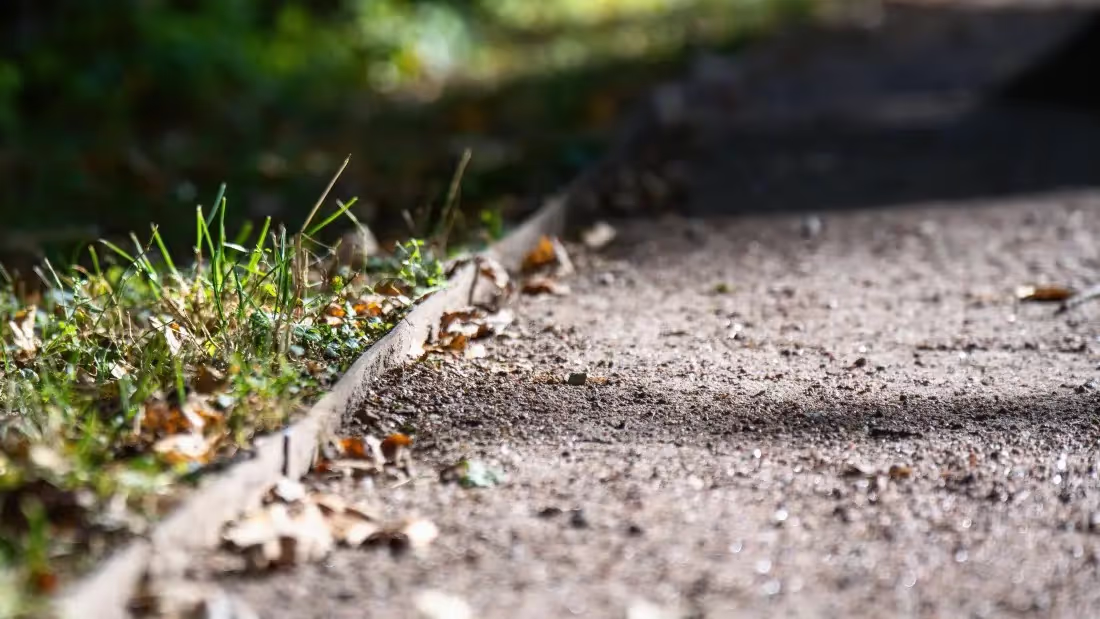
Average cost: $4–12 per square foot
Contemporary homes may need a different approach, and many benefit from the sleek appearance of aluminum or corten steel edging. These materials create sharp, defined boundaries that work well for gravel driveway applications where containment is important.
Although installation requires proper tools, it goes quickly once you establish the correct grade. The thin profile makes metal strips ideal for tight spaces or areas where you want subtle borders that don't compete with other landscape features.
6. Decorative Concrete Pavers: Versatile Style
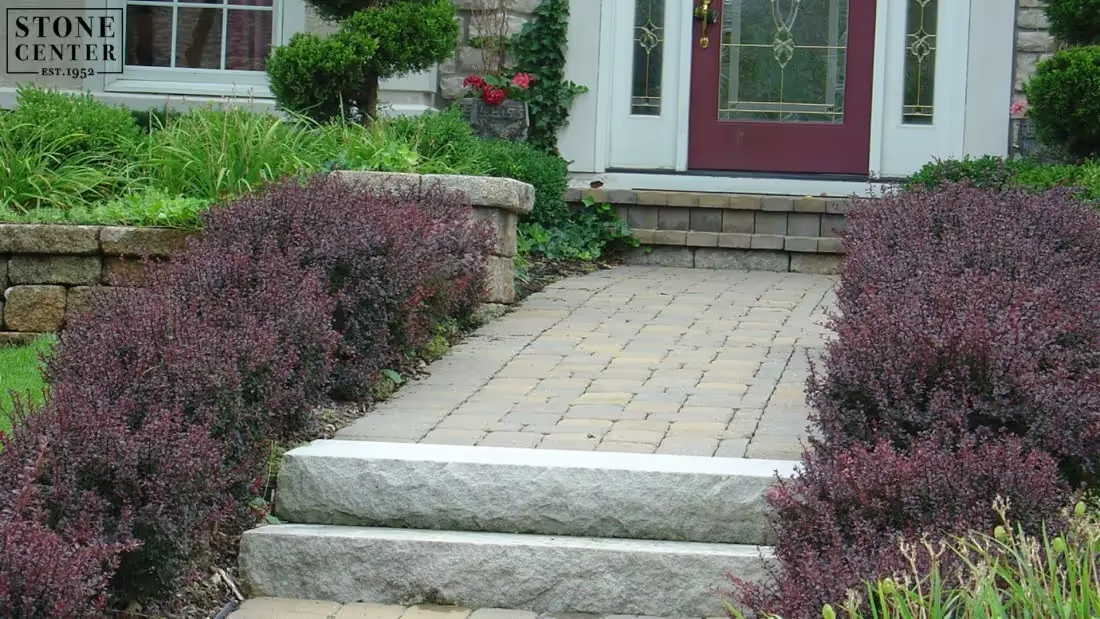
Average cost: $2–6 per square foot
Concrete pavers offer endless design possibilities while still being affordable. Available in various sizes, shapes, and colors, they can mimic natural stone or create bold geometric patterns. The uniform dimensions make installation predictable for DIY enthusiasts.
We recommend choosing contrasting colors or sizes that complement your home's exterior palette. The interlocking design provides excellent stability while still being easy to replace individual units if damage occurs.
7. Wooden Borders: Natural Warmth

Average cost: $3–10 per square foot
Wood creates a natural aesthetic that works beautifully with organic landscaping ideas. Treated lumber, cedar, or composite materials offer different levels of durability and maintenance requirements. This option pairs particularly well with gravel or natural stone driveways.
Railroad ties add rustic character for country-style properties, while milled lumber creates cleaner lines for more formal settings. To extend the lifespan significantly, you’ll need to ensure they’re properly installed with adequate drainage.
8. Gabion Stone Walls: Structured Beauty
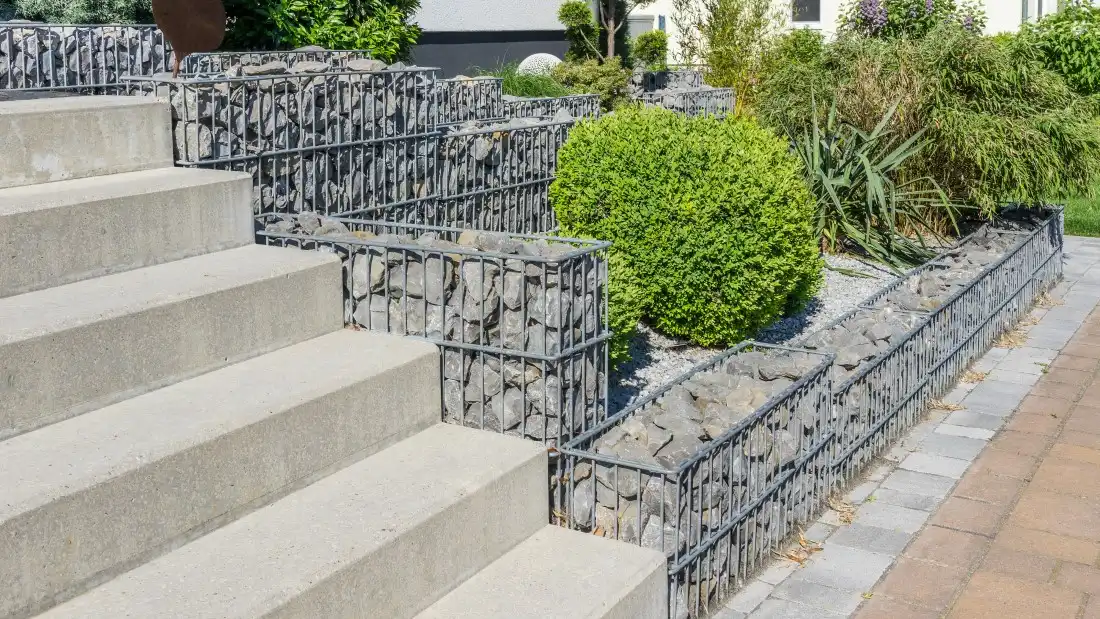
Average cost: $15–25 per square foot
These wire cages filled with stones combine modern engineering with natural materials. Gabion walls create substantial borders perfect for long driveway applications or areas with steep grades. The modular nature makes them adaptable to different terrain challenges.
The excellent drainage characteristics prevent water buildup while creating a striking visual impact. This option is ideal for contemporary homes or properties that need significant grade changes along the driveway edge.
9. Living Plant Borders: Organic Integration

Average cost: $5–15 per square foot
Want something more natural? Plants and flowers create the most natural look while providing seasonal color and texture changes. Using decorative stone aggregates around plant bases helps with moisture retention and creates attractive mulched areas.
We recommend choosing hardy perennials or ornamental grasses that tolerate vehicle proximity and road salt exposure. The key is selecting species appropriate for your specific sun exposure and soil conditions.
10. Concrete Curbing: Professional Finish
.webp)
Average cost: $6–12 per square foot
Poured concrete creates permanent, professional-looking borders similar to municipal street installations. This option provides superior structural support and can be colored or textured to match your design preferences.
Installation requires more skill than other options, but results last for decades with virtually no maintenance. The smooth surface also makes snow removal easier in northern climates.
11. Recycled Materials: Sustainable Style

Average cost: $1–5 per square foot
Repurposed bricks, broken concrete, or salvaged stones offer unique character while supporting sustainable practices. The cost-effective landscaping rocks and materials often cost significantly less than new products.
The success of this option depends on ensuring structural soundness during installation. Some weathered materials may need additional support or protective treatments to ensure they’re durable in the long term.
12. Plastic or Rubber Edging: Practical Solutions
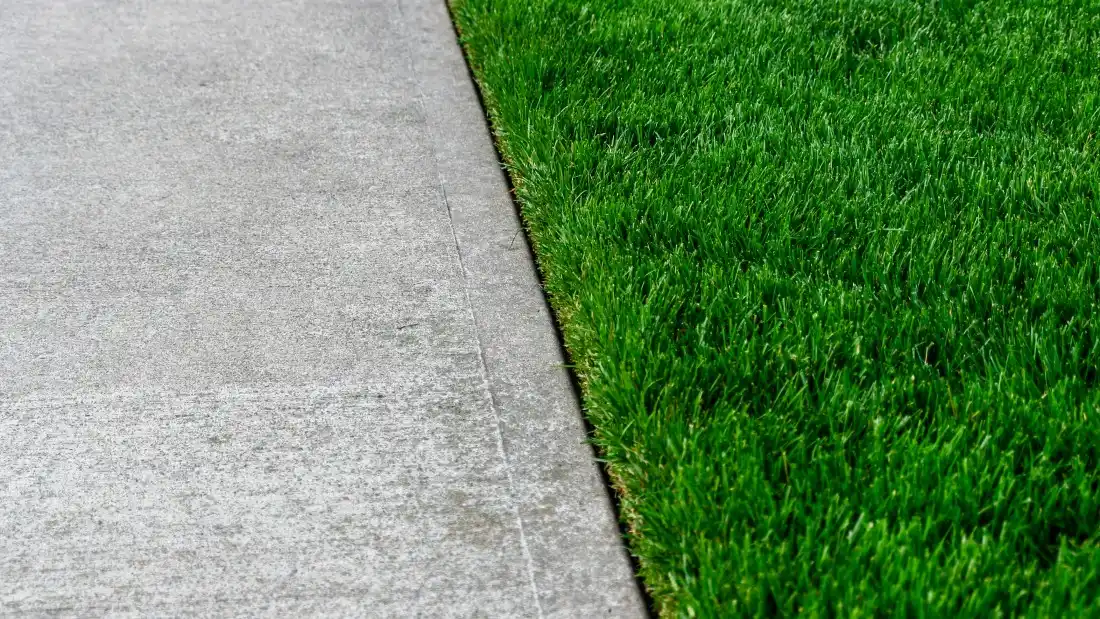
Average cost: $1–4 per square foot
High-quality synthetic materials provide practical benefits for budget-conscious homeowners. Modern products are more attractive and durable than earlier versions, and installation is suitable for most DIY projects.
This option works particularly well for gravel driveway borders where containment is the primary concern. Look for products designed specifically for landscape applications rather than basic plastic strips.
Installation and Maintenance Considerations
Success with any driveway edging project depends on proper planning, material selection, and installation techniques. When you understand the requirements upfront, you’ll be able to choose the right approach and avoid common mistakes that lead to premature failure.
Easy Installation vs. Professional Help
As we’ve hinted at above, some edging materials are perfect for DIY weekends, while others demand professional tools and expertise. Choosing the right option depends on your time, skill level, and how durable or polished you want the final result to be.
Weekend DIY work is ideal for projects using lightweight materials or simple designs. However, projects involving heavy lifting, extensive excavation, or proper stone laying techniques benefit from professional installation. Consider your skill level, available time, and installation difficulty when choosing materials.
Planning for Proper Drainage
Water management is a critical aspect to ensure any edging material's long-term success. Poor drainage causes frost heaving, erosion, and premature material failure. Plan for natural water flow patterns and ensure your borders don't create standing water problems.
A shallow trench filled with a gravel base typically provides adequate drainage for most situations. Don’t forget to factor in how rainwater runoff will interact with your chosen materials, especially during heavy rainfall periods. Proper slope and drainage channels prevent water damage and extend your investment's lifespan.
Maintenance Requirements
Different edging materials need varying levels of ongoing care. Use the maintenance requirements to help guide your decision, as you’ll want a material that suits your preferences and available time.
- Natural materials: Stone and brick typically need occasional cleaning and weed removal, but remain stable for decades with minimal care.
- Synthetic options: Plastic and rubber edging resist weather damage, but may require periodic repositioning if frost heaving occurs.
- Metal borders: Steel and aluminum strips need little maintenance beyond occasional cleaning, but painted finishes may require touch-ups over time.
- Living borders: Plants require regular watering, pruning, and seasonal care, but provide the most dynamic and changing appearance.
- Wood products: Treated lumber and cedar need periodic inspection for rot or insect damage, with possible replacement of individual sections every 10-15 years.
The key is to pay regular attention to your driveway edging to see how you can keep it looking like new. This is also a great way to prevent minor issues from becoming major problems. Plan seasonal maintenance tasks like debris removal, damage inspection, and weed control into your regular yard care routine.
Transform Your Driveway Today
Smart driveway edging is a simple but effective way to improve your property's appearance while providing practical benefits that protect your investment. The wide variety of available materials and techniques means every homeowner can find solutions that match their budget, style preferences, and maintenance capabilities.
Stone Center has served Columbus and Cincinnati, Ohio, for over 70 years, providing quality natural stones, gravel, landscape aggregates, and specialty materials for residential and commercial projects. Our experienced team is here to help you select the right products for your specific needs and local conditions. Contact us to discuss your driveway edging project with knowledgeable professionals who understand Ohio's unique climate challenges.
FAQ
.avif)
Jon, the owner of Stone Center, is a knowledgeable expert in natural stone products, specializing in various types of stone for landscaping and architectural projects. Passionate about promoting the beauty and versatility of natural stone, Jon aims to use these blogs to inspire readers with creative ideas to upgrade their homes.
How much does it cost to get a stone restored?
How much you end up spending to restore stone varies on the type of stone, the technique, and the stone’s current condition. Stone in good condition will cost less to restore, whereas stone that has a lot of wear and tear may require a longer restoration.




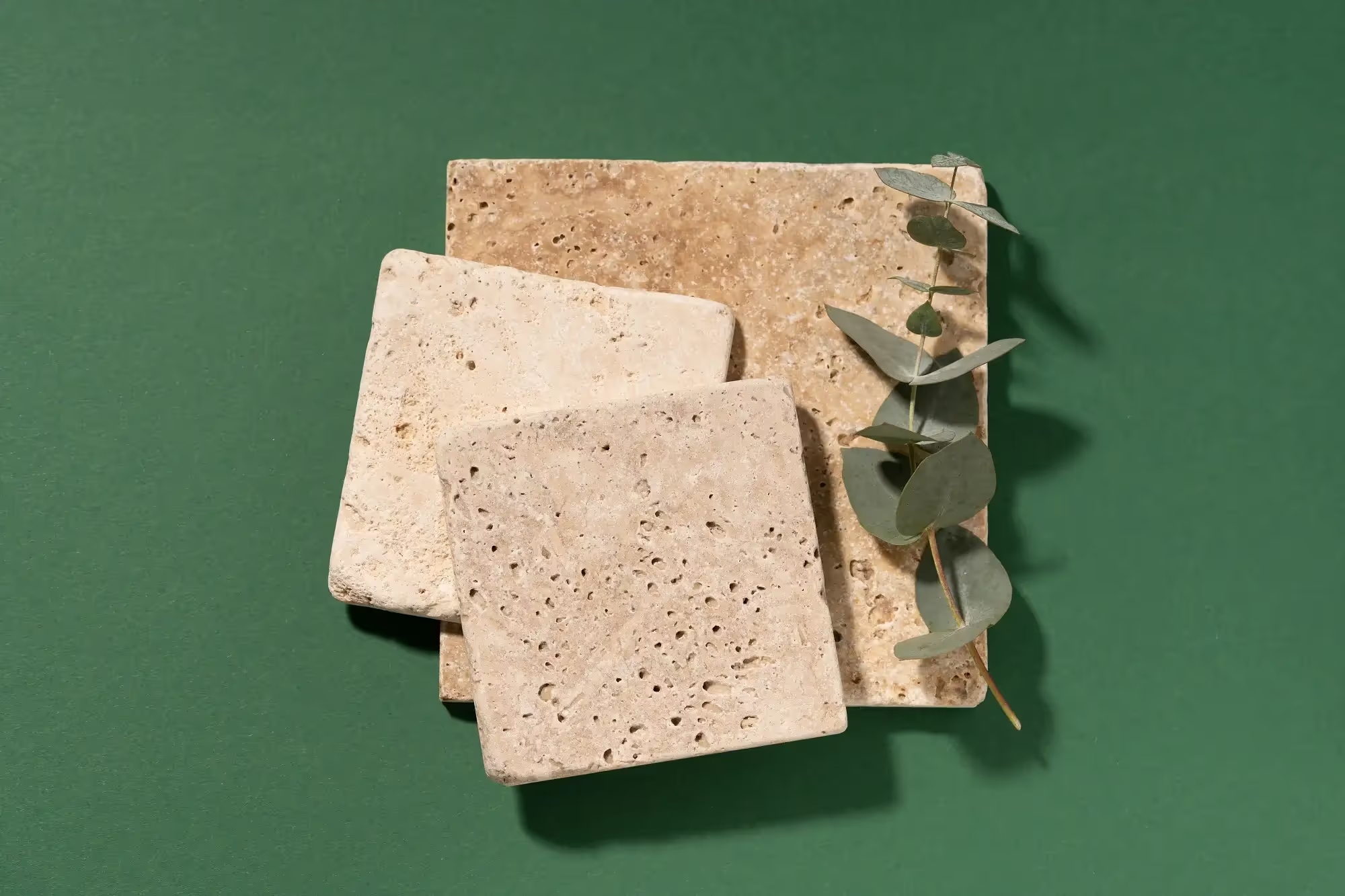
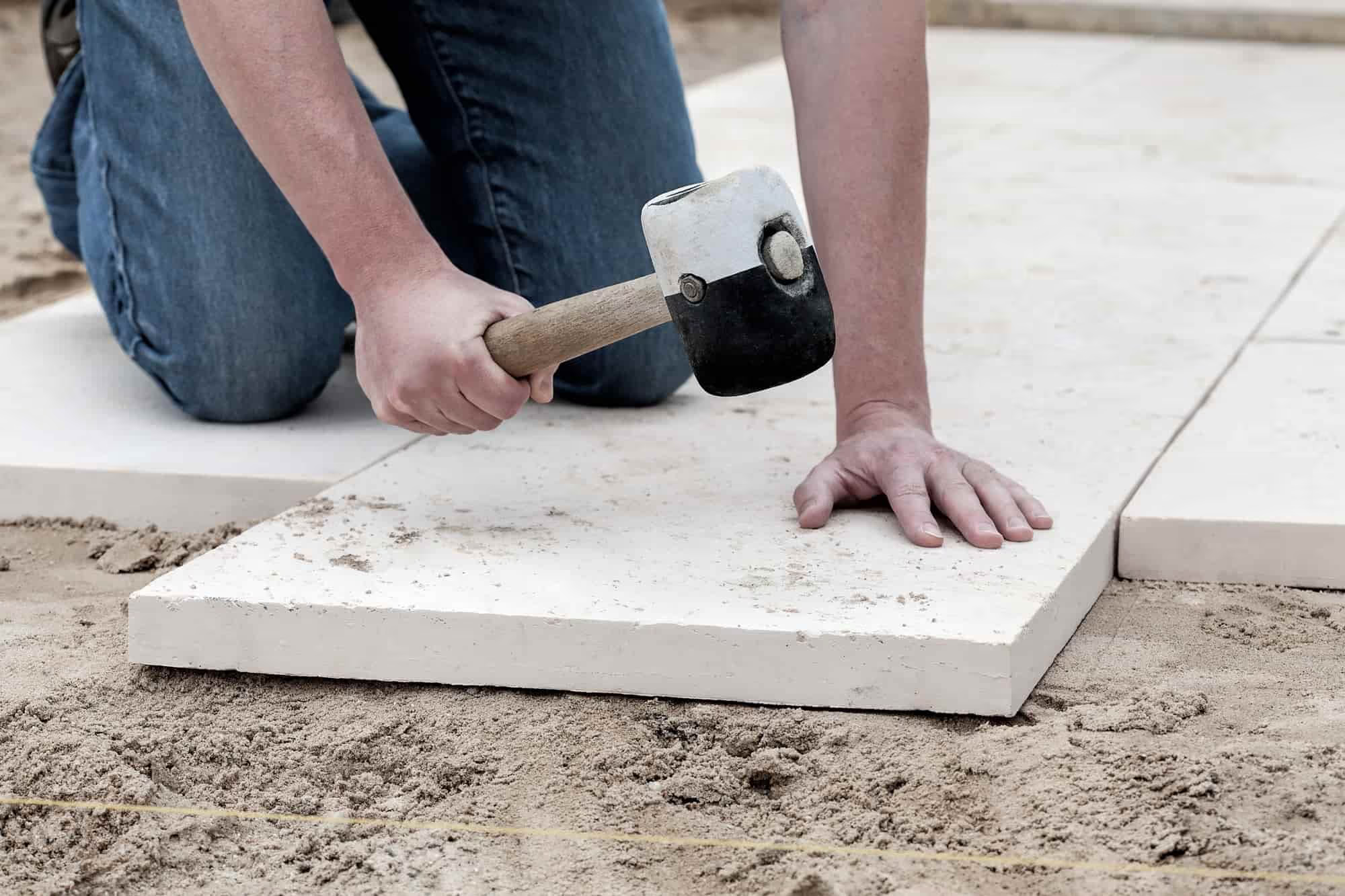

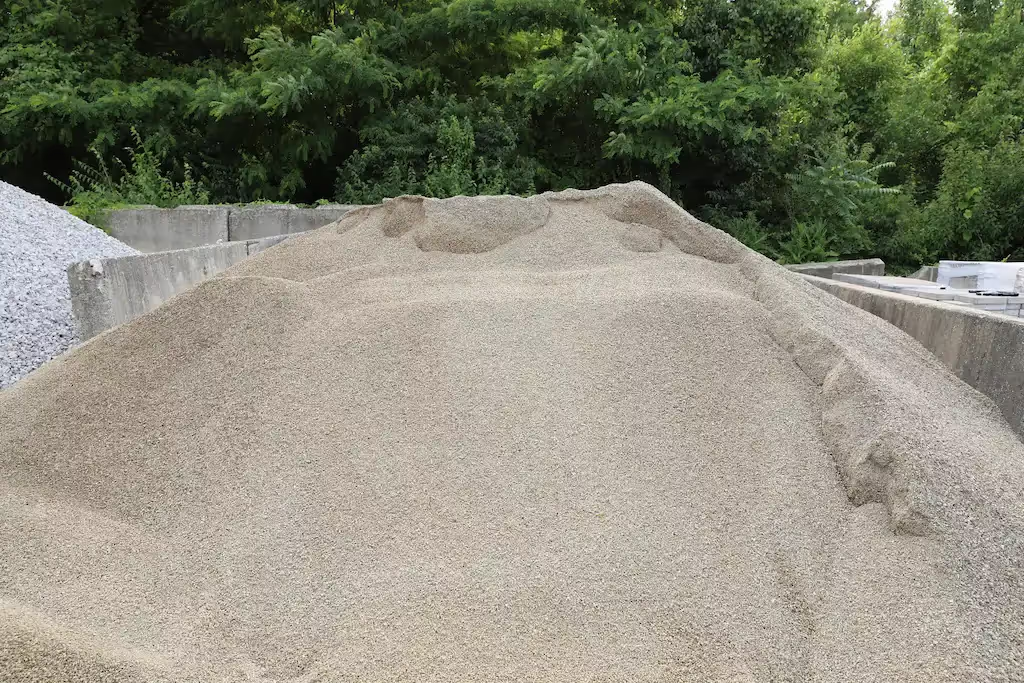
.avif)
.avif)
.avif)

